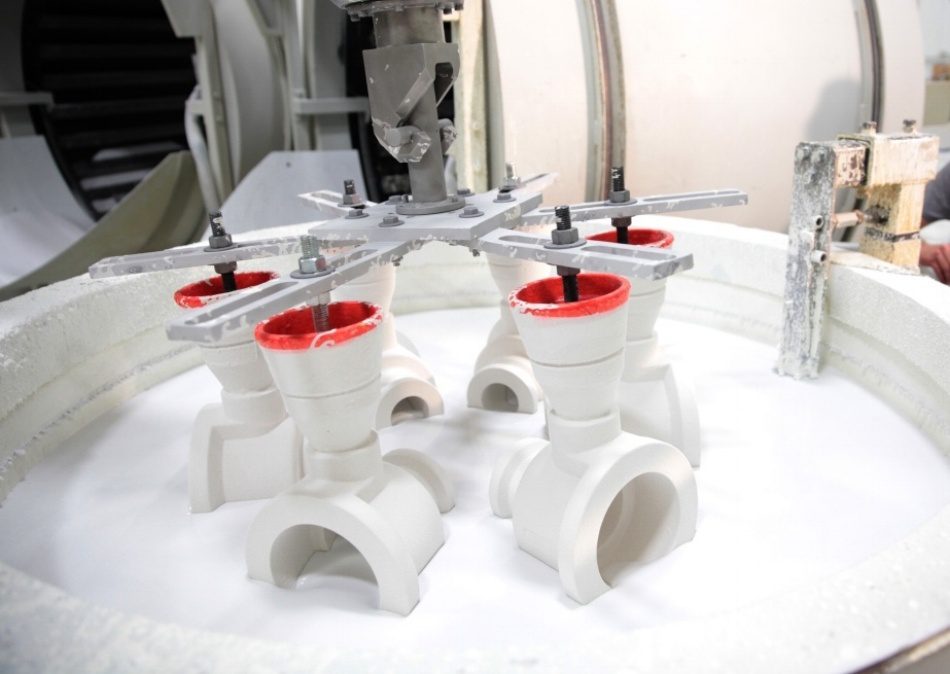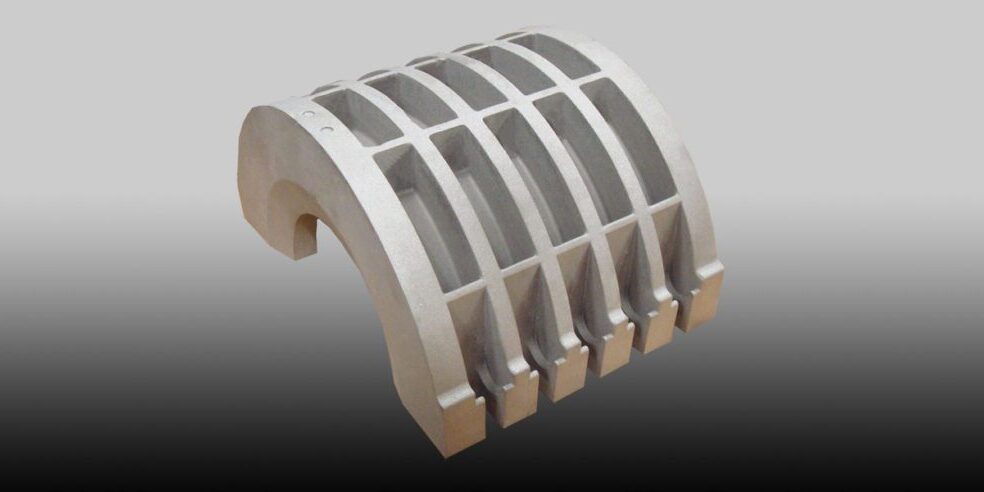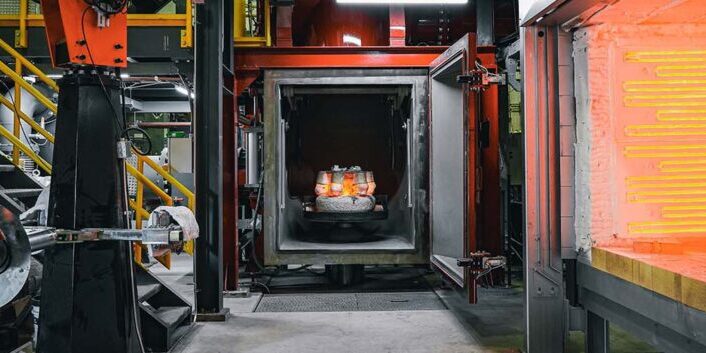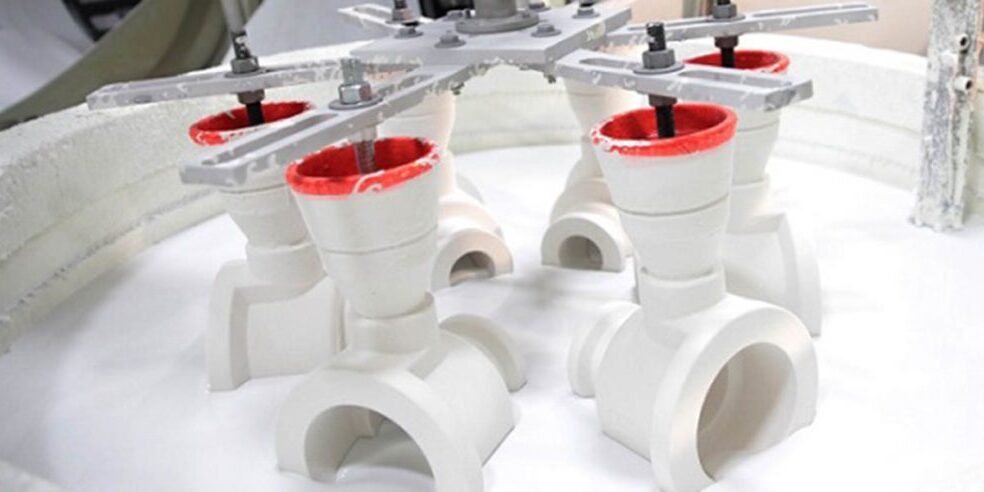Blog Investment Casting Process: Featured Solution Examples
By: Dave Olsen
Think of a test that you face in metal component design or application. Here are some examples of where leveraging the advantages of investment casting has helped solve an application challenge. Maybe you will see a problem you are working to resolve.

Minimizing Casting Upgrades or Additional Processing
While all applications are expected to perform, some industries like defense and aerospace are even less tolerant of products that need upgrade prior to use. Investment castings that require minimum machining or other processing, including those produced using processes compliant with demanding standards like Nadcap, offer the best opportunity to save time, cost, and ensure that essential equipment continues to perform.
Achieving Components With a High Strength to Weight Performance
The lightest weight materials are not necessarily the best design choice. Strength to weight is an important consideration when evaluating designs and materials. High performance military products require precision to ensure both effectiveness and safety. Demands for lightweight designs, hollow structures, thin walls and traceability limit sourcing choices to a select few that can deliver to rigorous customer demands. Fine surface finish, detailed features including thin sections, and internal passageways make investment casting the process of choice for many high performance aerospace applications.
Matching the Process to the Requirement to Minimize Cost for the Needed Design
Investment casting may or may not be the process that optimizes output, performance, and cost. But an understanding of the advantages and drawbacks of the range of available metalworking options increases the chance of making the best choice.
Creating Details In Metal Products That are Difficult to Make
There are many ways to introduce the needed shaping into a finished part. Machining can often get there, but faces limitations of access and cost. Fabrication provides tremendous versatility and potential for low volume, but can lead to inconsistent results. Casting processes, including investment casting, have evolved to deliver shapes and designs that cannot be made in other traditional ways, or to minimize additional processing cost by getting as close to a near net shape as is possible.
Employing Intricate Designs In Products That Must Operate at High Temperature
Nearly any alloy, air or vacuum melt, can be investment cast. Select the cast material that will deliver the needed properties in the application. Investment casting can provide all the associated process benefits.
Achieving Fine Surface Finish Without Machining
If machining adds cost or time that is unacceptable, consider the shaping and finish capabilities of investment casting. Because the wax pattern is created from smooth polished tool, an RMS of 60 or better is readily achievable.
Designing Components With Intricate Internal Structures
Through the use of cores, casting processes can produce components with internal structures in volume that cannot be manufactured in other traditional ways. Investment casting is a particularly effective option because of the detail and surface finish capability, and because there is no parting line on the casting. Additive manufacturing has the real potential to be game-changing, either as a method to produce intricate investment cast patterns, or even finished product.
Minimizing Tooling Cost for Similar Components
Tooling proliferation and cost can be the enemy of a versatile and comprehensive product line. Flexible tooling with the ability to produce, say, various mounting patterns with the same internal structures, minimizes that tooling investment. Product families that meet diverse customer market needs can be produced using an efficient tooling scheme.
Creating Products That are More Consistent Than Fabrications
Often, the ability to provide a single piece investment casting as an alternative to a multiple piece fabrication results in more consistent production and efficient operations. There are many examples in food processing, defense, and many other processing industries where a conversion to a single piece investment casting has dramatically improved both quality of the product and system throughput.
Combining Strength and Near Net Shape at an Optimized Cost
It is often difficult to assess the true total cost of a product, especially when additional processing, overhead, or unforeseen steps are required to prepare it for use. It is often the case, though, that bringing in a component that is as close as possible to the final needed net shape is the most cost effective alternative. And precision investment casting is a powerful way to do that.
The versatility of investment casting helps turn metals problems like these into successes. To learn more about this process or to determine if it is a fit for your application, please contact us.



